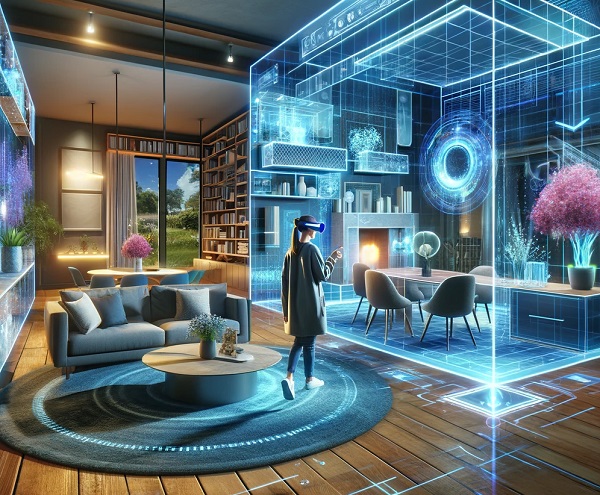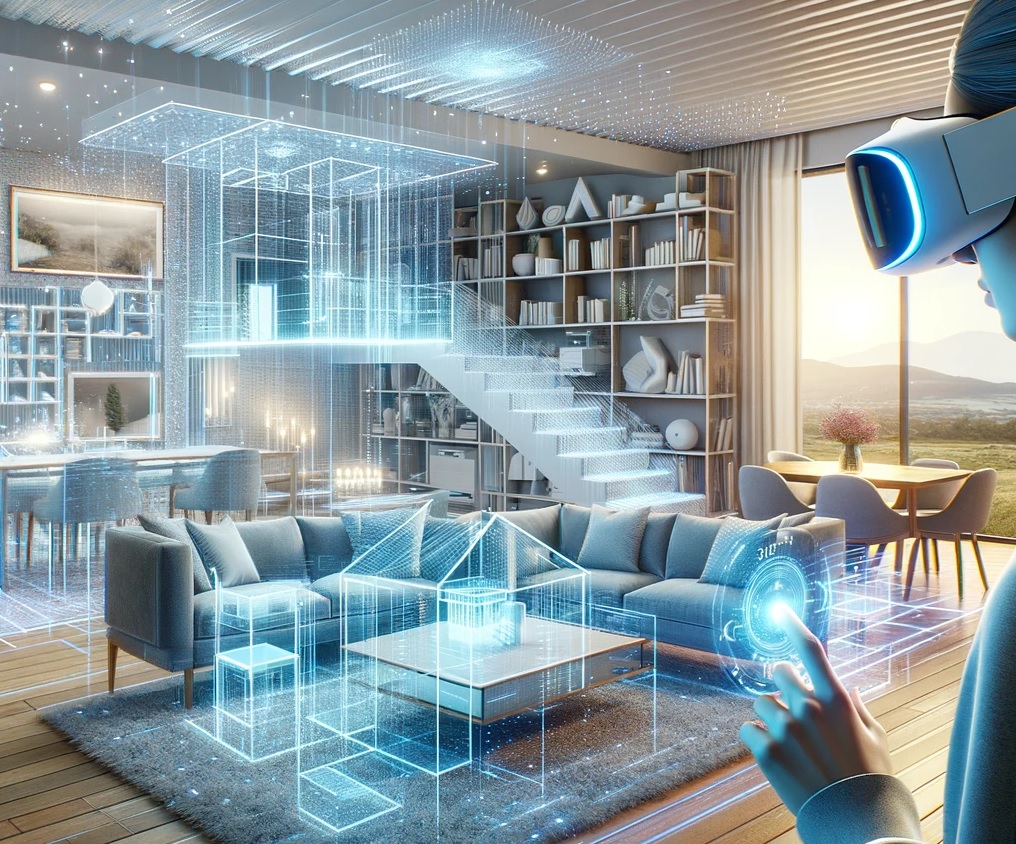In the digital age, how we view and interact with potential homes is evolving. Augmented Reality (AR) has been making waves in the real estate sector for a while, offering prospective buyers the chance to explore properties more interactively and immersively. However, with the introduction of the Apple Vision Pro, there’s a buzz about whether this technology could push AR house tours into the mainstream. Let’s dive into what this might mean for the future of home buying.
The Current State of AR in Real Estate
Augmented Reality in real estate isn’t a novel concept. It allows users to visualize properties through digital enhancements, offering a 3D tour of homes from the comfort of their current residence. These virtual tours have proven beneficial for buyers and sellers alike, offering a convenient, comprehensive view of properties without needing physical visits. Yet, despite its advantages, AR technology in real estate has faced limitations in widespread adoption, attributed to technological constraints and the need for more seamless, user-friendly experiences.
Introducing the Apple Vision Pro
Enter the Apple Vision Pro – Apple’s latest venture into the AR realm. With its advanced features, including high-resolution displays and spatial audio, the Vision Pro promises to deliver an unparalleled AR experience. Unlike its predecessors, Vision Pro’s integration with Apple’s ecosystem could offer a seamless experience for users, potentially overcoming many of the challenges that have hindered AR’s adoption in real estate.
The Impact of Apple Vision Pro on AR House Tours
The Apple Vision Pro can transform AR house tours into a mainstream real estate tool. Its immersive viewing experience, powered by cutting-edge technology, could allow users to explore properties in unprecedented detail. Real-time information overlays could provide instant access to property details, from structural information to historical data, enhancing decision-making. Furthermore, virtual staging possibilities allow sellers to present their properties in various styles and setups, appealing to a broader range of buyers.

Challenges and Considerations
Despite the optimism, integrating Apple Vision Pro into real estate comes with its challenges. Technical issues, such as ensuring compatibility with various property listing platforms and maintaining high-quality AR content, are significant considerations. Privacy and data security are critical concerns, mainly concerning personal and property information. Additionally, market readiness and the willingness of both buyers and sellers to adopt this new technology will play a crucial role in its success.
The Future of Real Estate with AR and Apple Vision Pro
As we look towards the future, it’s clear that technologies like the Apple Vision Pro could dramatically alter the real estate landscape. By making AR house tours more accessible and engaging, there’s potential for a significant shift in how properties are marketed and sold. This evolution could lead to more informed purchasing decisions, increased efficiency in the buying process, and a greater emphasis on digital engagement within the real estate industry.
The Apple Vision Pro stands at the precipice of revolutionizing AR house tours, offering a glimpse into a future where digital and physical realms merge to enhance the home-buying experience. As we embrace these technological advancements, the real estate industry must be prepared to navigate the challenges and opportunities that lie ahead.
For real estate professionals, embracing AR technology, particularly with tools like the Apple Vision Pro, is not just an option but a necessity to stay competitive and meet the evolving expectations of buyers and sellers. It’s time to explore and invest in AR solutions that will define the future of property tours. Let’s not wait for the future; let’s build it today.
